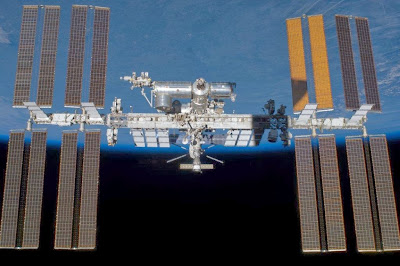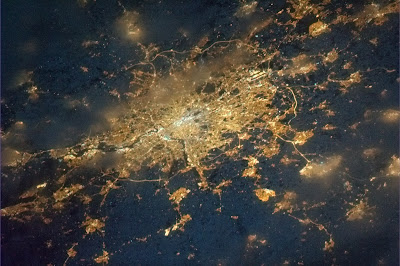The dreaded Monday morning alarm clock takes on an extra dimension tomorrow when it will rouse a slumbering spacecraft that is hurtling back towards our Sun from the darkest reaches of the solar system.
ESA’s Rosetta probe is chasing comet 67P/Churyumov–Gerasimenko at intergalactic speeds and later this year will close in for a high speed rendezvous with the comet before ejecting a lander called Philae towards its surface.
Since its launch in 2004, Rosetta has made three flybys of Earth and one of Mars to build up enough speed and get on a trajectory towards the comet. It has also encountered asteroids Steins and Lutetia along the way.
Operating on solar energy alone, the spacecraft was placed into a deep space hibernation in mid-2011 as it cruised far from the Sun and out towards the orbit of Jupiter.
To prepare for its long sleep, Rosetta was oriented so that its solar arrays faced the Sun and put into a once per minute spin for stability. The only devices left running were its computer and several heaters.
Thirty-one months later, Rosetta’s orbit has brought it back to within ‘only’ 673 million km of the Sun where there is finally just enough solar energy to power the spacecraft fully again. It is time to wake up.
Tomorrow morning Rosetta’s computer is programmed to carry out a sequence of events to re-establish contact with Earth, starting with an ‘alarm clock’ at 10:00 GMT. Immediately afterwards, the spacecraft’s star trackers will begin to warm up, taking around six hours.
Then its thrusters will fire to stop the slow rotation and a slight adjustment will be made to Rosetta’s orientation to ensure that the solar arrays are still facing directly towards the Sun, before the star trackers are switched on to determine the spacecraft’s attitude.
Once Rosetta has regained its bearings the spacecraft will turn directly towards Earth, switch on its transmitter and point its high-gain antenna to send a signal to announce that it is awake.
Because of Rosetta’s vast distance – just over 807 million km from Earth – it will take 45 minutes for that signal to reach ground stations so the first opportunity for receiving a signal on Earth is expected between 17:30 and 18:30 GMT.
Once mission controllers have verified Rosetta’s health, each of its scientific instruments will be switched back on and checked, an effort that will take several months as the spacecraft continues to eat up the remaining 9 million km separating it from the comet.
During May the spacecraft must pull off a tricky braking manoeuvre to slow its approach relative to the speed comet to walking speed - and if that goes to plan it will cruise alongside in August.
Once alongside the 4 km wide comet, Rosetta will steer itself into an orbit that takes it within 20 km of the surface. From here, its cameras will map the surface and search for a landing spot for Philae.
With gravity too weak to hold it on the surface, the sophisticated box of electronics and sensors attached to spindly legs will cling to its interplanetary roller coaster with an explosive metal harpoon.
Comets like 67P/Churyumov–Gerasimenko probably formed some 4.6 billion years ago and are considered to be the primitive building blocks of the Solar System that may have helped ‘seed’ Earth with water.
In a spectacular series of firsts for space exploration, Rosetta will become the first space mission to rendezvous with a comet, the first to attempt a landing, and the first to follow a comet as it swings close to the Sun.
Many fundamental questions about these enigmatic and ancient objects of the solar system remain - but first there is that all important wake-up call.




















